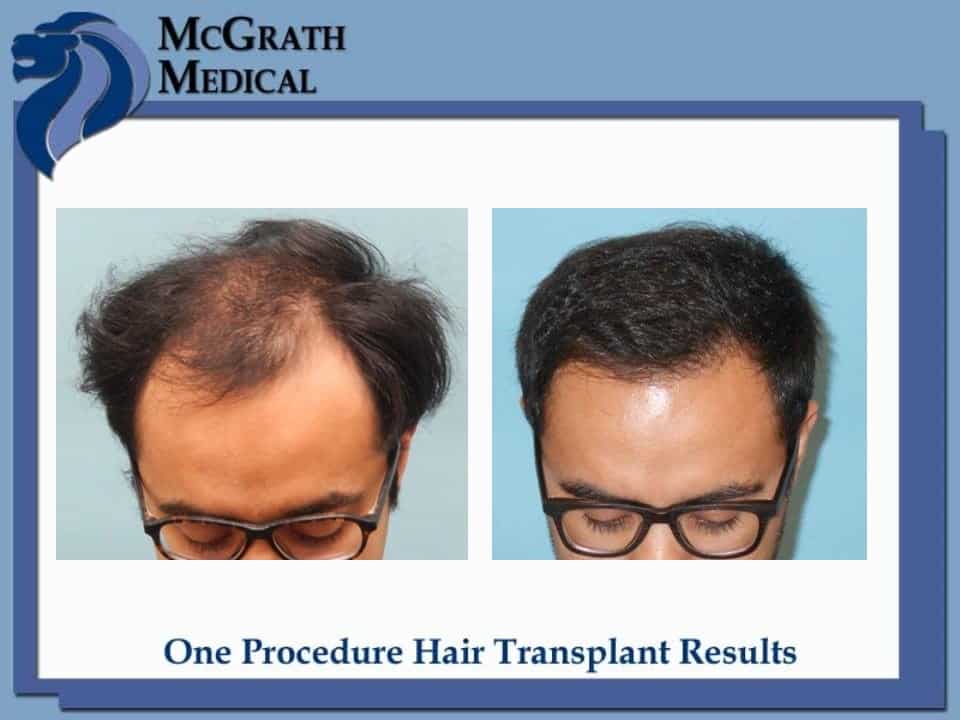
FUT vs. FUE
The days of “plugs” are long gone with the advancements made in hair transplantation.
How does a hair transplant work? With genetic hair loss, the hairs on the sides and the back of your head are not affected by DHT. As a result a hair transplant surgeon can remove donor hair follicles from the sides and back and relocate them on the top of the scalp where the newly transplanted hair will grow as it had from the donor region.
There are two different types of hair transplants, FUE and FUT. The difference mainly being in the method the donor hair is removed. So how do you know which one is best for you?
Follicular Unit Extraction, also known as FUE hair transplantation, involves the individual extraction of follicular units (single strands) from the sides and back of the scalp. Originally it was designed for very LOW density procedures, like eyebrow transplants and scar revisions, because only single strands are used. It is a very labor intensive procedure but it allows the patient to keep their donor hair very short with no linear scar.The donor hair is removed much like a punch biopsy using a machine (Artas Robot and NeoGraft are more common). The internet will tell you this is the best option because it’s a “scar-less” procedure – but that isn’t entirely true. It’s possible to have little polk-a-dot scars in the back if the procedure isn’t done properly. However when done by a credible surgeon – the donor area is virtually scarless. FUE isn’t the best option if there is a large surface area to cover – but for the right candidate, like someone who wears their hair very short or buzzed, or someone needing to restore their hairline only, it’s the perfect option!
Follicular Unit Transplantation, or FUT, is when a narrow strip of tissue is removed from the donor area and the skin from above and below is brought back together with a simple running stitch. The stitches are covered by your hair and removed in about ten days, usually leaving a fine scar line that is concealed by your own hair. From the donor strip, natural follicular units, usually groups of 1-3 hairs are used. The patient can have single strands in the front for a soft, natural hairline, but going back towards the crown use double or even triple strands. This option will give you more density and more coverage because the grafts are customized. This also allows the surgeon to offer 100% graft survival because when removing the tissue, the sebaceous gland will be intact. The sebaceous gland is what’s needed for the graft to survive after it’s moved. FUT is the preferred method – it’s also usually cheaper than FUE.

When shopping around for a hair transplant doctor it’s important to remember 2 things:
1. Go to someone who offers BOTH techniques. One way isn’t the best way for everyone.
2. See a hair restoration specialist! Someone who only does hair!

